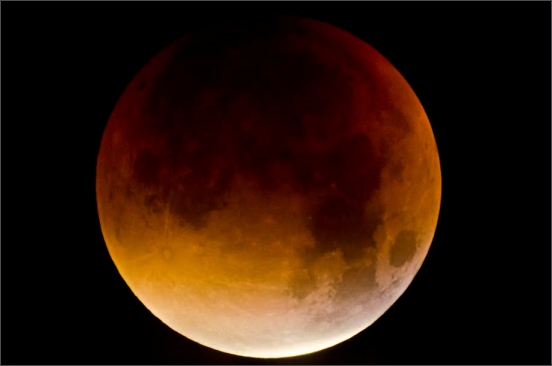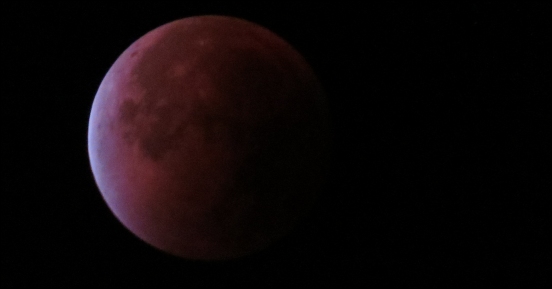Early risers in Burnham-On-Sea were treated to a rare lunar eclipse coinciding with a so-called ‘supermoon’ on Monday (September 28th).
The eclipse – which made the Moon appear red – was clearly visible across the Burnham-On-Sea area.
The phenomenon was last seen in Burnham in 1982 and won’t come again until the year 2033.
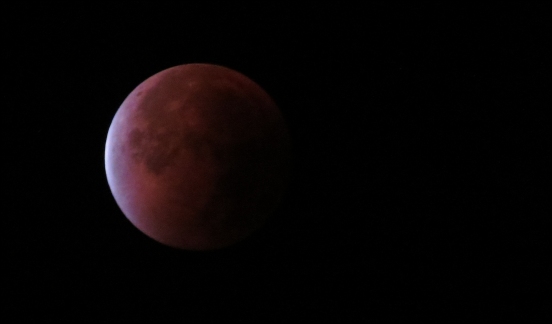
Burnham-On-Sea.com watched the phenomenon unfold on the town’s seafront along with several other photographers. A supermoon occurs when the Moon is in the closest part of its orbit to Earth, meaning it appears larger in the sky.

Clear skies in Burnham-On-Sea meant skygazers were able to see the Moon pass through the Earth’s shadow at 3.47am.

The ‘supermoon’ – when Earth’s satellite is near its minimum distance from our planet – means the Moon appeared 7-8% larger in the sky.
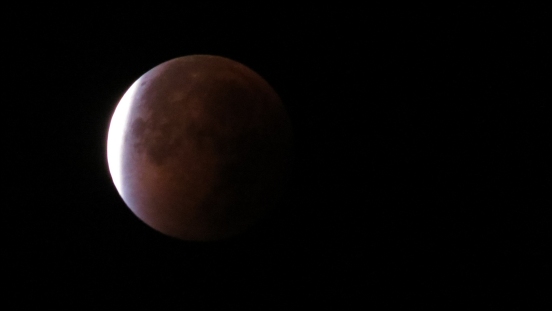
The moon looked rust-coloured during the total lunar eclipse, giving rise to its nickname Blood Moon.

The colour is caused by the Earth’s atmosphere scattered blue light more strongly than red light, and it is this red light that reaches the lunar surface.
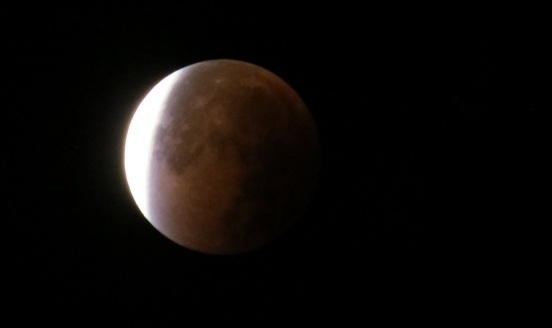
As the full Moon moved into our planet’s shadow, it dimmed dramatically but remained just visible, lit by sunlight that passes through the Earth’s atmosphere.
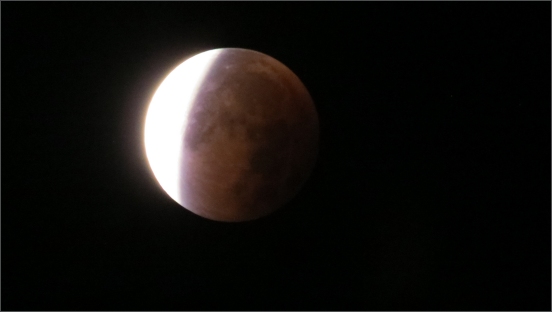
The eclipse began at soon after 1am, when the Moon entered the lightest part of the Earth’s shadow, known as the penumbra, and adopted a yellowish colour. At 3.11am the Moon completely entered the umbra – the inner dark corpus of our planet’s shadow.
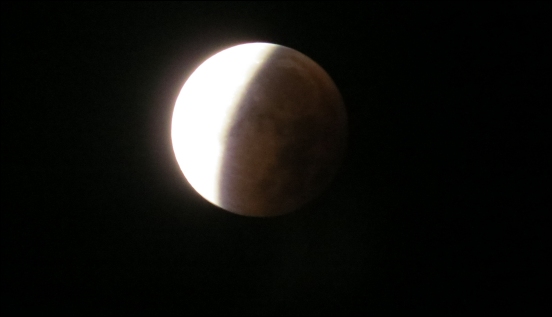
The point of greatest eclipse occurred at 3.47am, when the Moon was closest to the centre of the umbra, with the eclipse ending at 6.22am.
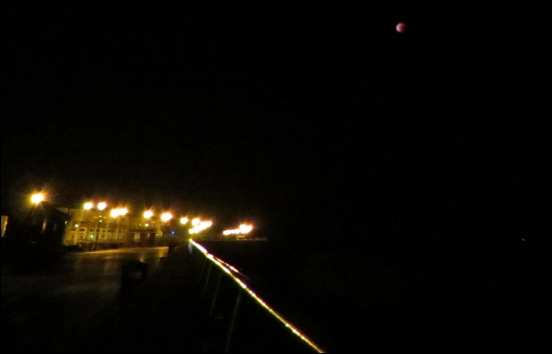
The Blood Moon observed over Burnham-On-Sea seafront during the eclipse.
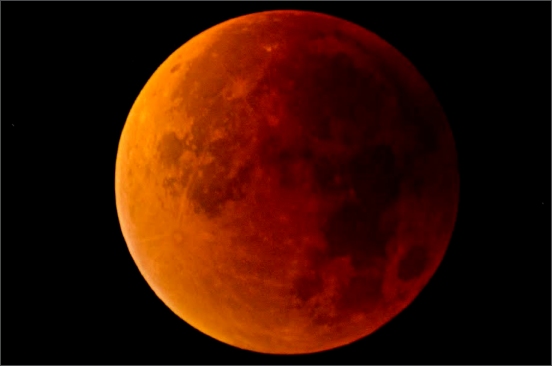
Stuart Anderson took these super shots of the moon during the eclipse.
